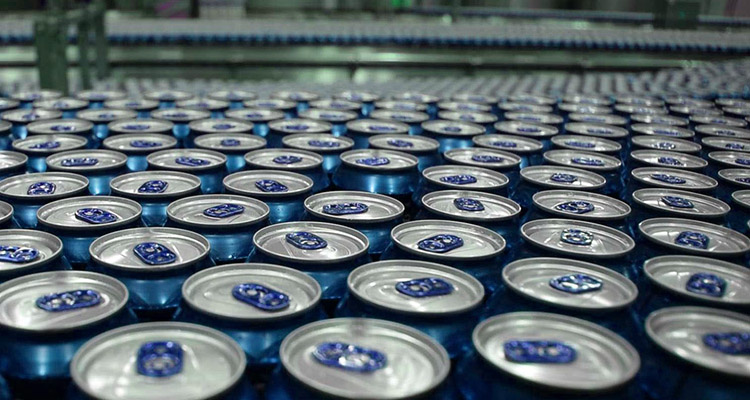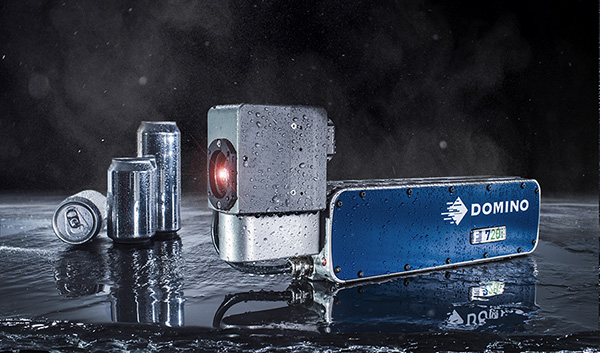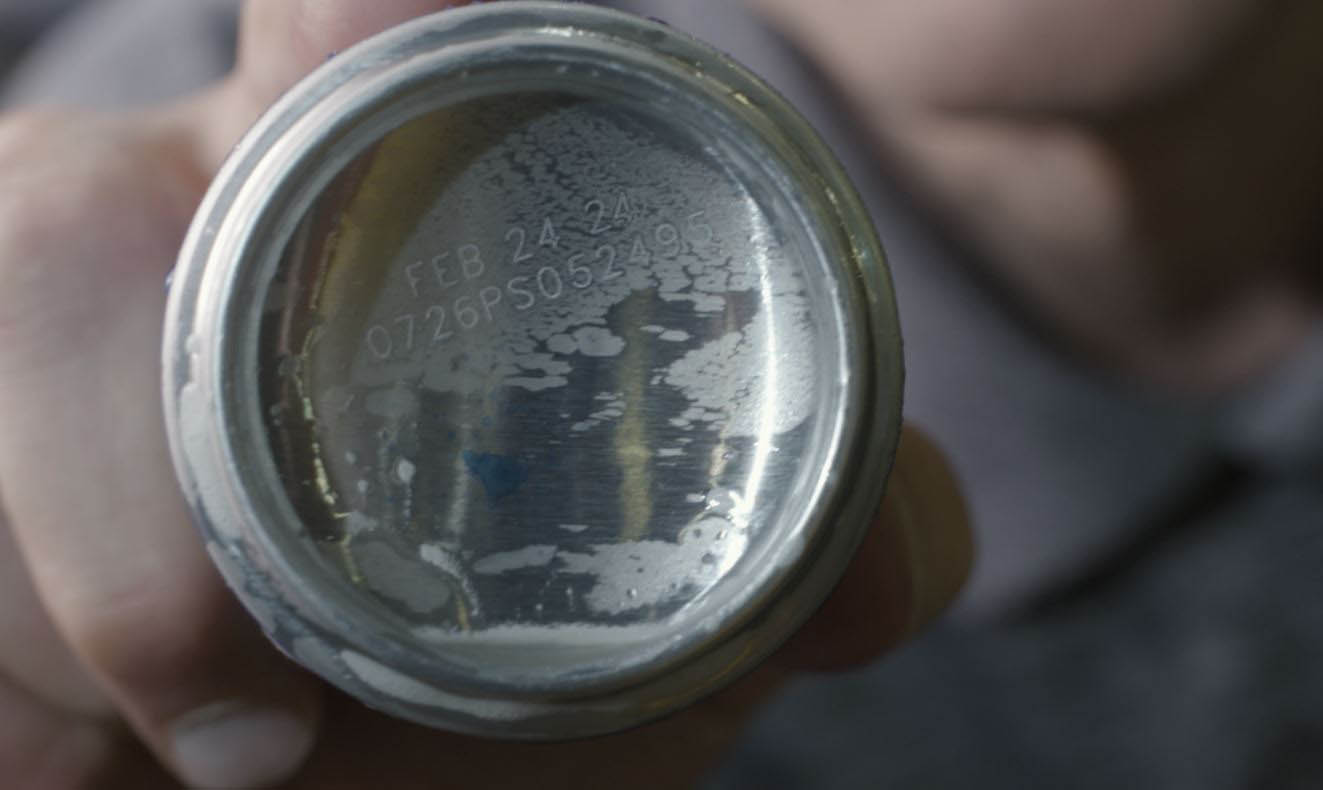The beverage sector is growing fast and demand for cans is at an all time high. Meeting that demand requires coding equipment that is fast, effective and efficient. Fibre Laser technology aims to satisfy these increasing requirements.
UK beverage canning demand moves upwards
British consumers are thirsty. New research reveals that canned drinks are seeing significant growth in the UK market, mirroring the worldwide trend of increased demand for cans.
Carbonated soft drinks remains the largest sector for beverage cans in the UK - and has grown by 5% in the last year. The rapidly expanding craft beer sector (consumer spending in the category is at a record high and up 47% in the year up to June 2018) is also fuelling growth, with canned craft beer sales up 66% in the first half of 2018.

And it’s not just domestic growth that’s giving beverage manufacturers reasons to be cheerful. The food and beverage industry is the fastest growing sector among UK exports, worth $27.2bn in 2017.
Which technology for coding onto cans?
Traditionally continuous ink jet has been the technology of choice for coding onto aluminium cans. It’s fast, it’s flexible and it gets the job done. But recently fibre Laser technology has emerged as an innovative way to handle the growing demands facing canned beverage manufacturers.
So what makes fibre laser technology a viable solution?
High productivity - both now and in the future
On the production line, time is money. With demand for cans growing by the month, it’s essential that your canning and coding operations are as efficient as possible if you want to avoid lost revenue. In a nutshell: quicker coding potentially means higher profits.
Want to know about the science behind the speed? Unlike conventional fibre lasers, the 3D power concentration of the F720i generates a highly focused beam. This beam is distributed in short intense pulses, resulting in increased marking speed. Simply clever.

Clear and high-quality codes
High speed counts for little if your codes are illegible. With fibre laser coding, that’s not an issue - especially with the F720i fibre laser. Its highly-focused laser beam is around ten times finer than other laser marking and coding technologies. That makes for hyper-precision in your coding operations, with codes that are incredibly clear as well as permanent - even when you are coding onto challenging surfaces such as the concave base of a can. Additionally, the Fibre Laser is unaffected by condensation or water droplets on the surface of the can.
This level of precision has a number of benefits. Firstly, you remain competitive with the legislative demands for clear, legible and long-lasting characters. Secondly it can assist cameras in improved reading codes for traceability and verification purposes. And thirdly it’s possible to create intricate and detailed promotional codes quickly and efficiently.

It can be an effective use of your budget
As with any new business equipment, the acquisition of new coding technology has to make sense from a budgetary viewpoint. Fibre laser has a number of advantages that make it efficient in terms of total cost of ownership (TCO) compared to traditional printing technologies.
Once a laser is installed fully, it’s in. No manual interventions such as ink changes or adjustment to a print head are needed - and the meantime between failure for fibre laser has been known to be in excess of 100,000 hours. It runs and runs - and then runs some more, reducing downtime caused by coding.

Further, thanks to the high ingress protection rating, the F720i (IP65) is designed to withstand the humid, sugar-laden production environment of beverage canning. It all adds up to favourable TCO, despite the fact that fibre laser technology incurs a higher upfront cost compared to most alternative ink-based technologies.
>> 5 key considerations when installing coding technology
Environmental considerations
Using cans as your beverage packaging of choice can already be an important step in better managing your site’s environmental impact. Cans have a favourable sustainability record - with 72% of all aluminium cans getting recycled. In fact it’s possible for a can to make the journey from recycling centre and back to the supermarket shelf as another product in as little as eight weeks.
Opting for fibre laser technology is another step towards improving your environmental programme. It’s energy efficient and removes the use of solvents, inks and other consumables from your site.

Want to know more?
Making the move to fibre laser can be a catalyst to improved speed, clarity and efficiency for your can coding operations. Choosing a high-end technology like the F720i laser ensures you are working as efficiently as possible and are well-positioned to cope with the global increasing demand for cans.
If you would like to know more about the F720i or to discuss finance options, get in touch with the Domino team.
You may also be interested in:
>> Is it getting harder to detect counterfeit alcohol packaging?
>> Fighting counterfeit drinks criminals with coding technology
>> Keeping your staff safe when coding with lasers